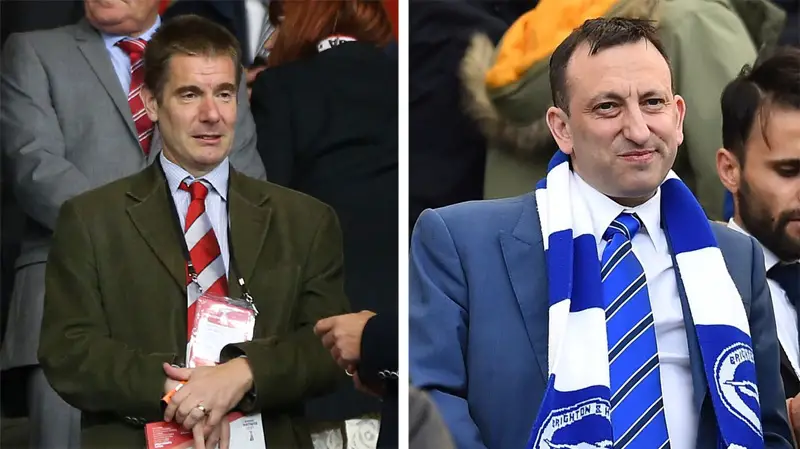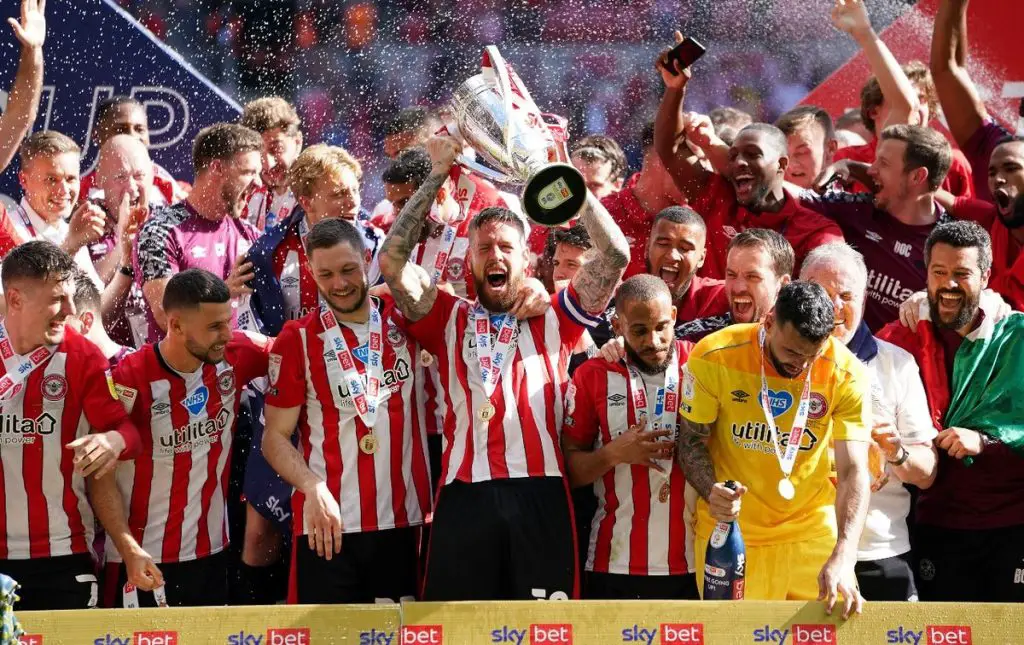In the past few seasons, pundits and journalists alike have been singing the praises of self-sustaining, top-division football clubs, namely Brighton and Brentford.
With a Premier League that for the past 20 years seems to have favoured an all-or-nothing strategy, we are now finally seeing former giants that overextended their finances fall, reaping the repercussions of their hubris.
But, in the decline of sides such as Everton, Wolves and their Portuguese contingency, Leeds and even Chelsea. The latter are yet to be totally hamstrung by their dealings, but will not be able to keep up such spending without winning some sort of major competition soon.
A few years ago if you said that Premier League betting sites would significantly favour Newcastle over Chelsea you’d be carted off to some sort of Sunak-ian football re-education camp. But for the upcoming fixture on the 25th between the two Newcastle stands as favourites to win.
No longer can big sides throw money at problems, as we are seeing with Boehly’s Chelsea, who despite huge player turnover and managerial changes still find themselves a mid-table outfit.
So when clubs without the boon of billionaire chairmen find ways to stay at the top level of football without resorting to huge cash injections, while the big clubs of United and Chelsea suffer turmoil even with deep pockets, it’s understandably a curiosity.
How Does The Model Work?

Matches between the two have even been called the ‘Moneyball Derby’.
The simple explanation for what these two sides have implemented as their core philosophy is signing players that they identify they can make a profit on. It’s nothing new in theory, but that’s where ‘Moneyball’ comes in.
Coined from the book turned film of the same name, the concept of the approach is “using data to find what the market undervalues in player scouting”.
Every professional club uses data to scout and find players, but certain key attributes often aren’t considered as important when it comes to transfer fees.
It is the art of wheeling and dealing but with science, rather than Redknapp-style bargaining. On top of this, the players that will be signed are for the most part between 17-21 years old, giving the club time to mould their investment into a more attractive asset.
For example, if data analysts examine two strikers, both with 25 games, one having scored 15 while the other has scored 5.
Almost every typical club would see these two players and immediately assume the one with 15 is the better player.
The selling club would also see this and slap a bigger price tag on the player, which the buying club would whittle down somewhat and hope the player reproduces his form.
But that striker with 15 had an xG of 10, while the lower-scoring striker has an xG of 15, but only has 5 goals, so the high-scoring striker is the better player, that should be signed.
He has outperformed xG, so he must be the right choice…
But that’s not necessarily true, in fact, it’s often the opposite.
This may have been a once-in-a-career season for the striker, he may have gotten more luck and faced the worst keepers.
Anyone who has played Sunday league will attest to the idea that anybody can score the odd worldie given enough attempts.
So sides like Brentford of Brighton will be far more convinced by the ‘lesser’ striker. If their xG is higher than their goals, it means the player is getting in better scoring positions.
With enough training or the right system, this player may live up to or even outperform his xG.
Furthermore, since these players are between 17-21, there’s plenty of time for the striker to start performing to his potential.
The huge benefit of this is that the player with fewer goals is naturally going to be significantly cheaper, meaning even if he doesn’t quite make it into the side’s first team, making a profit shouldn’t be hard.
With this model, these investments don’t have to be world-beaters, they just need to be good enough to turn a profit.
It’s exactly why Brentford operate using a B-team, putting the players who are a little older than 21 in the shop window, even signing player specifically for the B-team in order to help other players reach greater heights.
With this method, the likes of Brentford and Brighton make big profits on cheap players that for most clubs fall through the cracks, and don’t even show up in their data sets.




